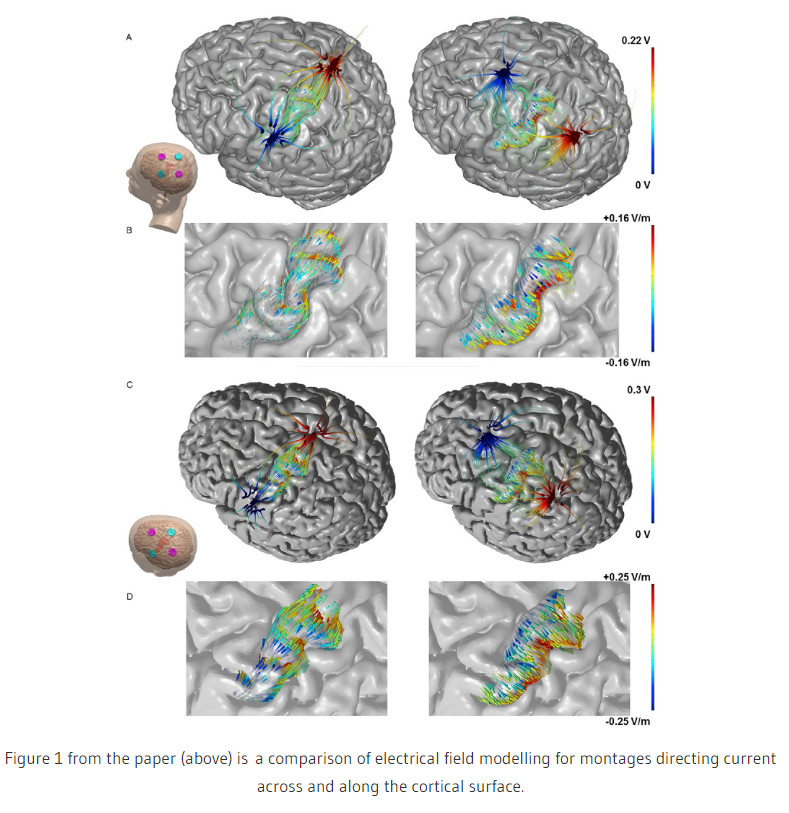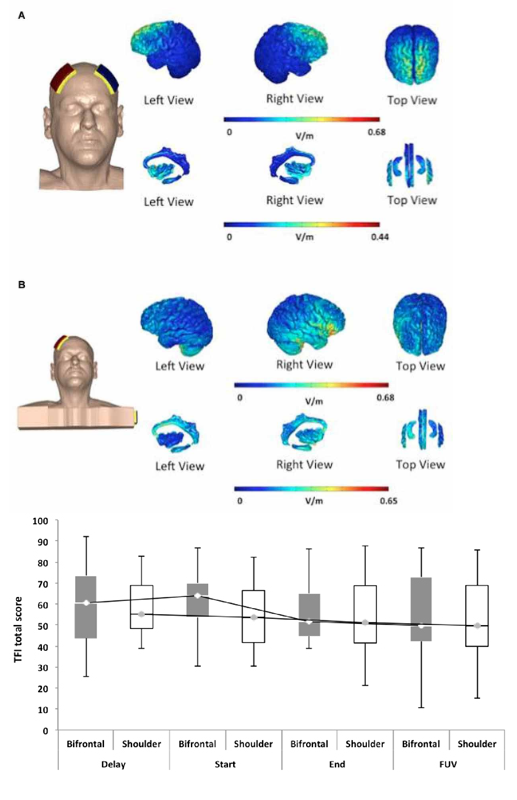Event Time and Location: Thursday 11/16 at noon in CDI 3.352
Zeinab Esmaeilpour will present her work on brain stimulation and fMRI
tDCS integration with functional magnetic resonance imaging (fMRI)
Abstract:
Transcranial direct current stimulation (tDCS) is a non-invasive stimulation method that provides clinicians and researchers a tool to modulate central nervous system excitability in human and thereby contribute to exploration of brain-behavior relationship and develop treatment for various neurological and psychiatric disorders. However, despite its obvious promise, the potential of tDCS cannot be fully exploited as there is still a lack of understanding of the neural mechanisms underpinning stimulation. A key methodological advance toward bridging the gap in our understanding of the neural mechanisms of tDCS effects involves integration of tDCS with modern clinical and cognitive neuroscience techniques.
Magnetic resonance imaging (MRI) provides a high degree of spatial resolution regarding both brain structure and function, with the ability to assess brain-behavior questions across the entire brain. Thus, integration of tDCS with functional MRI provides the ability to evaluate not only correlations between brain function and behavior, but also experimentally manipulate brain activity in stimulated brain regions and assess how these observational relationships between the brain and behavior change. Thus, integration of tDCS with functional MRI has the potential to provide greater causal insight into the brain-behavior relationship in contrast to observational studies using these methods in isolation.
However, in recent years, there has been an increasing interest in using advanced neuroimaging techniques to study the effects of tDCS – both in healthy controls and clinical populations. Once technical difficulties are overcome, the combination of tDCS with functional MRI provides a powerful tool that allows us to study not only brain regions directly stimulated by tDCS, but also how tDCS modulates activity in the rest of the brain. In the literature of tDCS-fMRI, this combination could be categorized into three different groups: Hypothesis testing, outcome measure and response prediction.





















